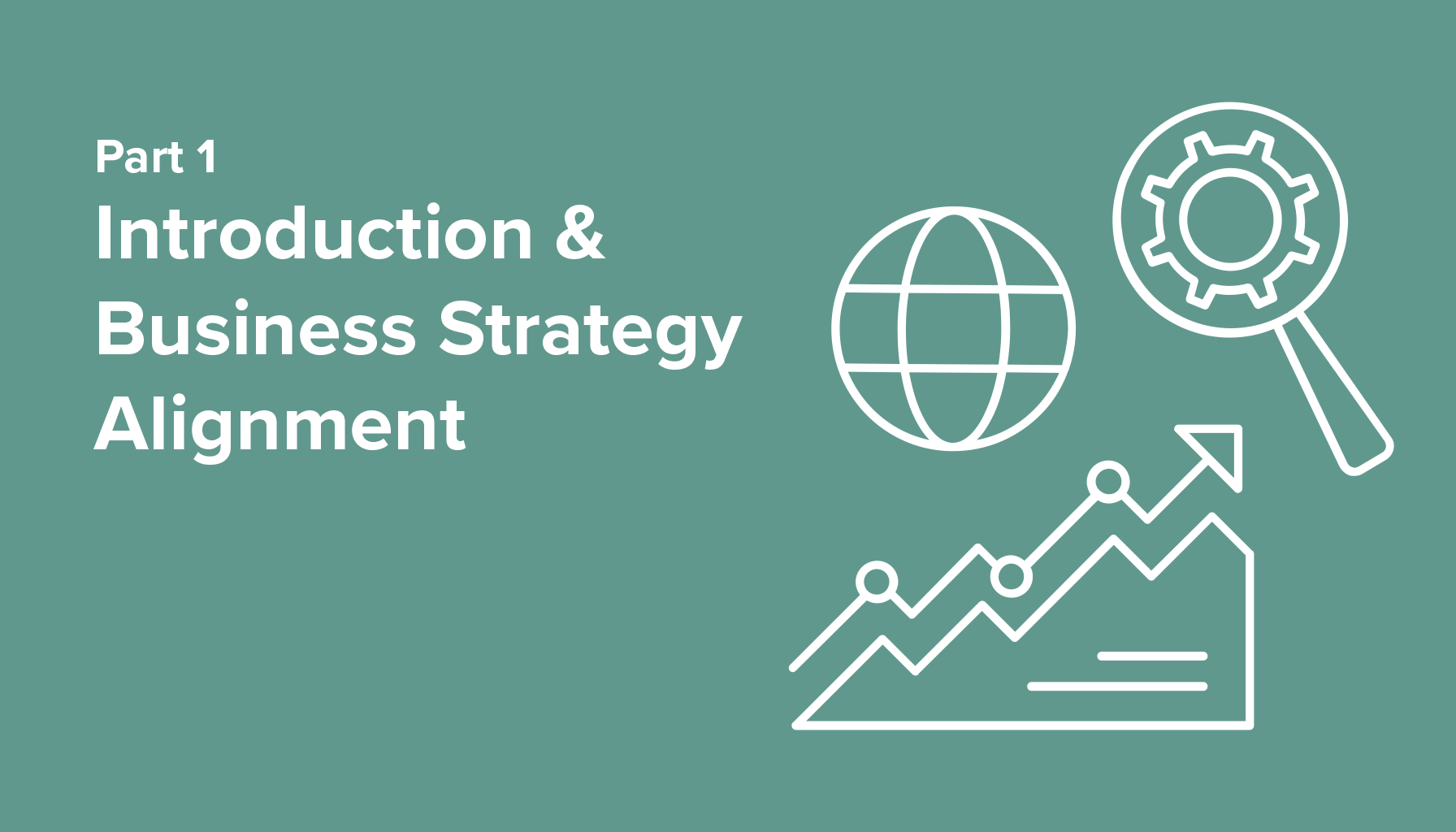
Introduction
Business transformation isn't just about reaching a destination but also about building the road as we travel together. It's a collaborative endeavor that relies on the unified efforts of diverse teams, stakeholders, and experts, each bringing their own unique skills and perspectives to the table. This journey is characterized not only by the adoption of new technologies and strategies but also by fostering a culture where continuous learning and innovation lead to tangible results, such as improved efficiency or customer satisfaction. By actively engaging every team member and encouraging their contributions, we lay the groundwork for innovative solutions and tackle challenges with creativity and resilience. Leadership, after all, is more than just managing tasks; it's about fostering a vision and cultivating an environment where each team member feels valued and empowered to contribute their best.
Throughout my career, I've been privileged to lead various organizations through transformative phases. These experiences have not only honed my technical skills but have also deepened my understanding of organizational dynamics and human psychology. Each challenge presented a new learning opportunity, allowing me to absorb different viewpoints and foster environments where both the organization and its individuals flourish.
Context & Business Strategy
WWT generates value for its clients in three primary service categories: OEM hardware resale, custom designed server racks, and supply chain logistics. These endeavors yield substantial revenues, but their profit margins are relatively modest, ranging between 2% and 3%. Starting in around 2014-15, WWT began to notice major disruptions to their business due to the popularity of cloud services and began to pivot their business model to be "services led."
Transformation Strategy

In 2016 World Wide Technology (WWT) acquired my employer, Asynchrony Solutions, a bespoke software development firm. At the time, my team inside Asynchrony primarly functioned as UI design and frontend development support embedded on Agile delivery teams. After being acquired by WWT, we entered an aggressive growth phase with a goal of aligning our functional model to be "services led" and doubling in size over three years. This transformation demanded not only a scaling of our team but also a profound shift in how we approached the market, evolving from task-oriented support to strategic, consultative partners in driving client outcomes and success.
Transformation Hightlights & Accomplishments
Boosted UX revenues from consulting services by over $1.5M/yr (+60%)
Won WWT's 2021 High Performance Team Award by developing, operationalizing, and delivering a portfolio of workshops that generated over $500k in revenue from new accounts in its second year.
Grew team from 22 to 55+ members with a 95% retention rate over 4 years
Elevated gross profits by 30% (~$600K) for WWT's IT services by delivering internal custom software that optimized IT environment discovery.
In the following case studies, I detail how the UX team pivoted their approach the market to achieve WWT's vision "To be the best technology solution provider in the world." While I personaly led many initiatives and heavily influence many others, this story of transformation and the successes it achieved was 100% a group effort and took the efforts many amazing people both on the UX team and throughout the organization.